-
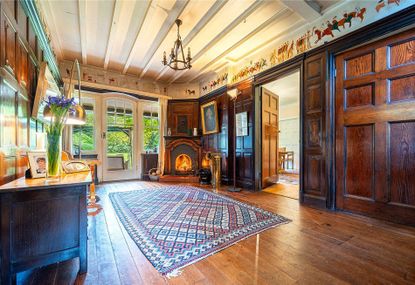
Best country houses for sale this week
By Country Life
-
-

Doubles all round! It's the Country Life Quiz of the Day, December 10, 2025
By Country Life
-

‘I have an obsession with having a good time’: Fred Siriex on his newfound love of gardening, moving to the UK and his consuming passions
By Lotte Brundle
-

Country Life's luxury editor's Christmas gift ideas for children
By Amie Elizabeth White
-

170 years ago, a river of excrement ran through the centre of London, spreading stench, disease and death. The engineer and architect who cleaned it up deserves to be mentioned in the same breath as Christopher Wren
By Kate Green
-

‘Not to move at all is deeply slutty, in the old-fashioned sense of the word’: A snob’s guide to surviving Christmas Day
By Sophia Money-Coutts
-

A lifelong Londoner on how to beat the throngs and make the most of the city this Christmas
By Will Hosie
-
Exquisite houses, the beauty of Nature, and how to get the most from your life, straight to your inbox.
People & Places
-
-
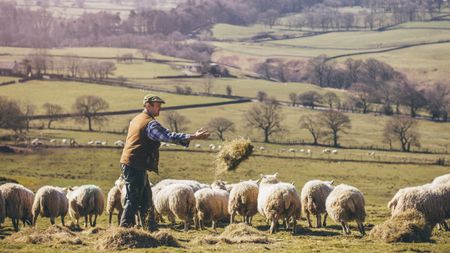
I was Jeremy Hunt’s main political adviser and helped put together multiple Autumn Statements and Budgets. This is what I think Rachel Reeves’s Budget means for the countryside
-

What on earth is the person who comes up with Annabels's otherworldly facade displays on? London's most magical Christmas shop displays
-

Who buys flowers in the middle of the night? Boris Johnson, panicked brides, drunk people and London’s wealthiest inhabitants
-

All fired up: 12 of our favourite chimneys, from grand architectural statements to modest brick stacks, as seen in Country Life
-
Property
View all Property-

Best country houses for sale this week
By Country Life
-
-

A medieval home with 600 years of history that was once home to a king, set in one of Kent's most fascinating villages
By Penny Churchill
-

A magnificent old vicarage with five bedrooms, 5,000sq ft of space, and in the catchment area for the 'best state school in North Yorkshire'
By Penny Churchill
-
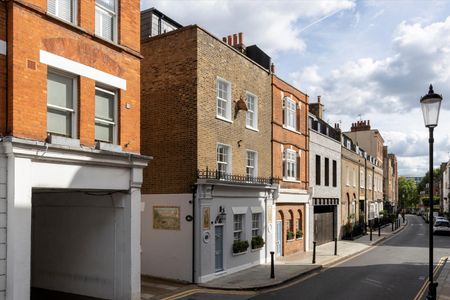
When Chelsea was grazing and pasture, not gazing and posture, this house was a Georgian dairy. Now it's a townhouse on SW3's swishest street
By Will Hosie
-

18 country houses across Britain, from £400,000 to £4 million, as seen in Country Life
By Toby Keel
-
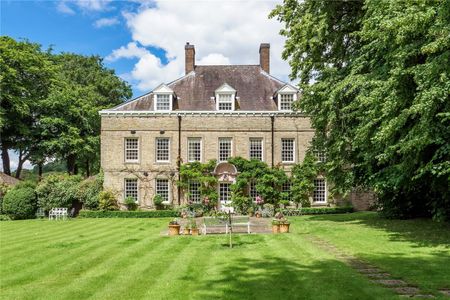
Can you buy happiness? The latest list of Britain's happiest places, and what you could end up with if you moved there
By Toby Keel
-
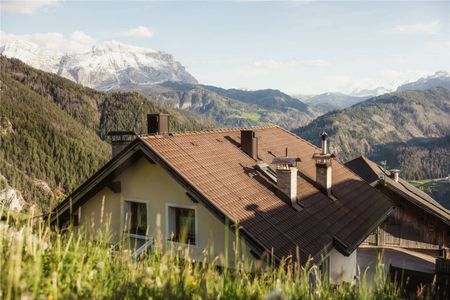
The dream ski chalet for sale: A blank canvas in Europe's worst kept secret
By James Fisher
-
Our expert voices
Interiors
View All Interiors-

Making space in a Georgian terraced Chelsea cottage
By Arabella Youens
-
-

Moths and memories of the Russian Revolution: Why it's worth saving that tired old rug
By Catriona Gray
-

How one family went about creating a welcoming kitchen in one of England's neo-Palladian houses
By Arabella Youens
-

How do you make a 300-year-old Baronial castle fit for modern-day living?
By Arabella Youens
-
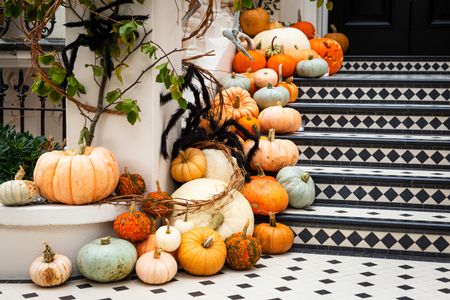
Oh, my gourd, it’s Hallowe’en: How best to decorate your home with pumpkins, squashes and more
By Debora Robertson
-
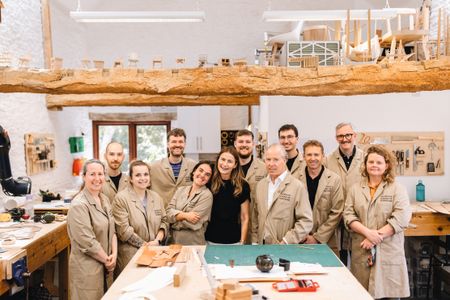
At the Snowdon Summer School, the future of design lies in the traditions of the past
By Giles Kime
-
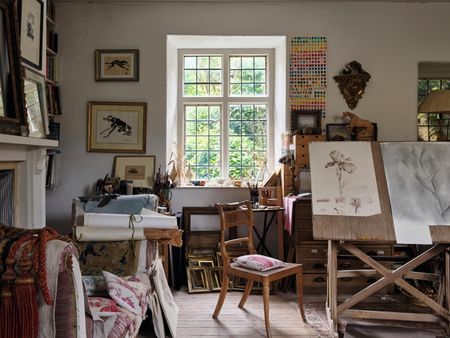
A derelict school turned into a gorgeous home with 'an interior of harmony and visual éclat'
By John Martin Robinson
-

Nine of Britain's most beautiful staircases, as seen in the pages of Country Life
By Melanie Bryan
-
LIFE & STYLE
View All LIFE & STYLE-
-

‘I have an obsession with having a good time’: Fred Siriex on his newfound love of gardening, moving to the UK and his consuming passions
By Lotte Brundle
-

‘Not to move at all is deeply slutty, in the old-fashioned sense of the word’: A snob’s guide to surviving Christmas Day
By Sophia Money-Coutts
-

A lifelong Londoner on how to beat the throngs and make the most of the city this Christmas
By Will Hosie
-

What is everyone talking about this week: (Whisper it) is smoking back?
By Will Hosie
-
COUNTRYSIDE
View All THE COUNTRYSIDE-
-
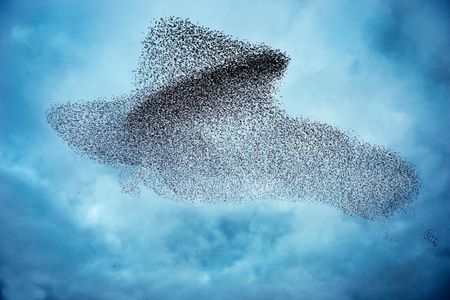
Is December the best month for bird watching? Exploring the underrated avian delights of a British winter
By Country Life
-

'A teaspoon of living soil contains more creatures than there are people in existence': Unearthing the dirt's vital role in our future on World Soil Day
By Sarah Langford
-

I was Jeremy Hunt’s main political adviser and helped put together multiple Autumn Statements and Budgets. This is what I think Rachel Reeves’s Budget means for the countryside
By Adam Smith
-
Gardens
View All Gardens-
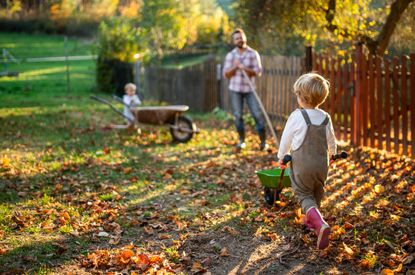
There are a billion microbes in a teaspoon of soil. Leaving the leaves to Nature feeds and nourishes them
By Isabel Bannerman
-
-
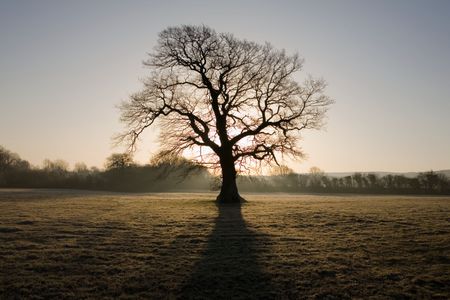
What trees taught me about perfect planting — Alan Titchmarsh
By Alan Titchmarsh
-
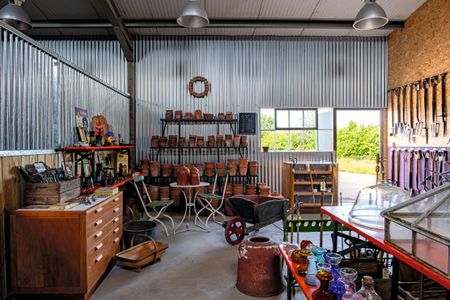
When it comes to making the perfect garden tool, the past has all the answers
By Mary Keen
-
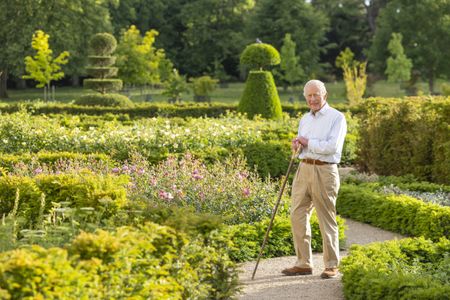
Exclusive: The King's remarkable resurrection of the gardens and parkland at Sandringham
By Charles Quest-Ritson
-
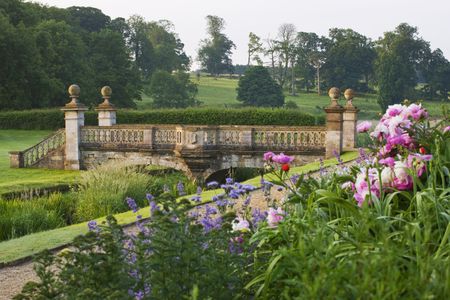
'A dream of Nirvana... almost too good to be true': The sweet peas of Easton Walled Gardens, and how you can replicate their success at home
By Ursula Cholmeley
-
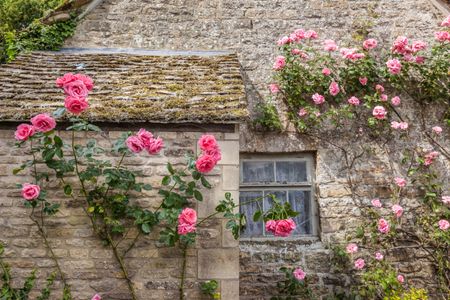
How to choose the perfect rose this bare root season
By Tabi Jackson Gee
-
ART & CULTURE
View all ART & CULTURE-
-
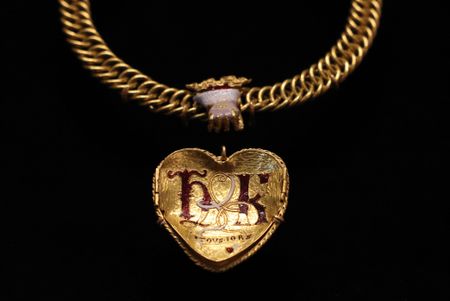
Is the British Museum's attempt to save a Tudor-era pendant with links to Henry VIII proof that the institution is on the up?
By Athena
-

'Gems of enflamed transparencies, of bottomless blues, of congealed opals': Why glass was perfect for the elemental experimentalism of Art Nouveau
By Matthew Dennison
-

Who won the rivalry between Turner and Constable? It was us, the public
By Carla Passino
-
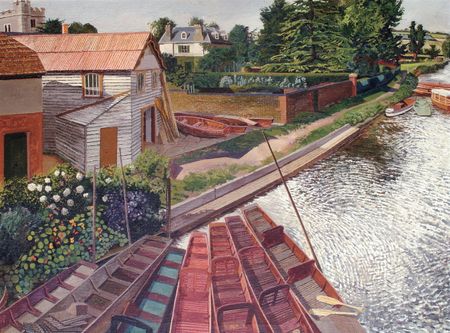
'Love, desire, faith, passion, intimacy, God, spiritual consciousness, curiosity and adventure': The world of Stanley Spencer, a very English visionary
By Matthew Dennison
-
Travel
View All Travel-

'The ugliness and craziness is a part of its charm': The Country Life guide to Bangkok
By Luke Abrahams
-
-
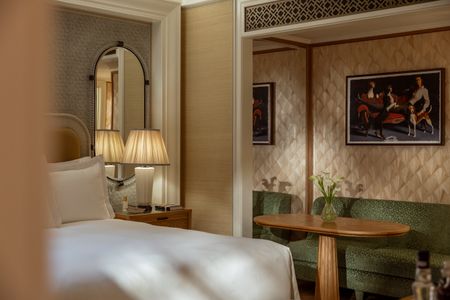
The Surrey hotel review: The new kid on New York's Upper East Side
By Rosie Paterson
-
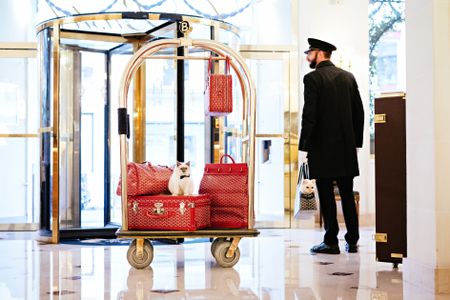
Whodunnit? Le Bristol hotel in Paris already has a resident Birman cat — now it has its own Cluedo game too
By Rosie Paterson
-
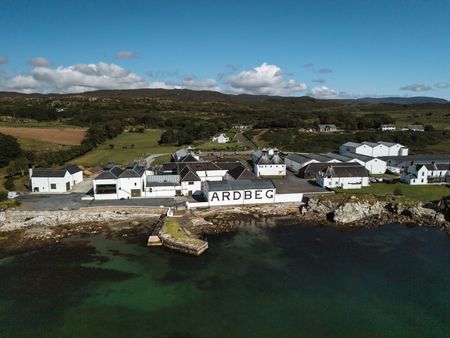
Ardbeg House review: Concept design is a tricky business, but this Scottish whisky distillery-turned-hotel proves that it can be done to great effect
By Steven King
-

'The night smells like engine oil… and money': Singapore’s glittering night race paved the way for a new era of city-centre Grands Prix
By Natasha Bird
-

Storrs Hall: A glimpse of what a trip to Lake Windermere ought to be
By Toby Keel
-
Food & Drink
View All Food & Drink-

Four festive recipes from the Country Life Archive that have (thankfully) fallen out of favour
By Melanie Bryan
-
-

Country Life's luxury editor's Christmas gift ideas for foodies, from traditional hampers to nifty kitchen gadgets
By Amie Elizabeth White
-
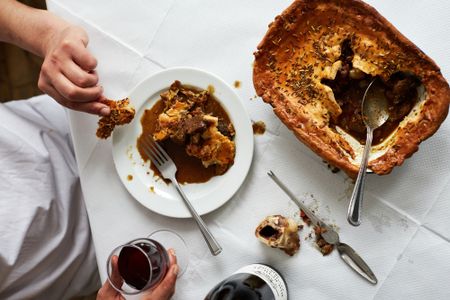
‘Calf’s brains have a bland, gentle richness that soothes and cossets': Tom Parker Bowles on the joys of eating offal
By Tom Parker Bowles
-
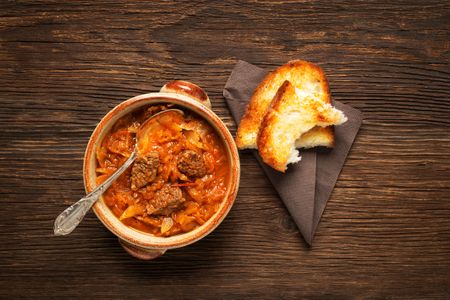
A paprika-spiked goulash recipe to keep you warm as the nights draw in
By Tom Parker Bowles
-
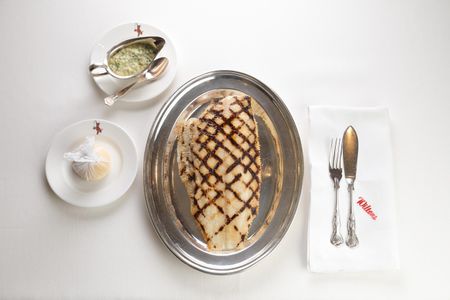
What is everyone talking about this week: Is the Golden Age of fine dining over?
By Will Hosie
-

No more froths, no more foams, no more tweezers. Classic dining is making a comeback. Thank god
By David Ellis
-
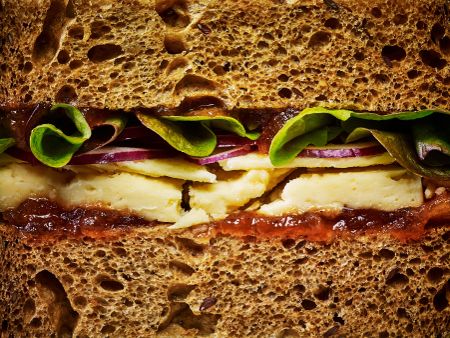
The nine best sandwiches in London, tried, tested and digested
By David Ellis
-







